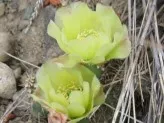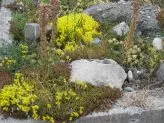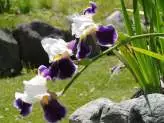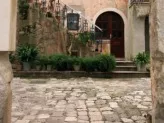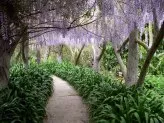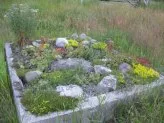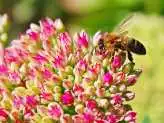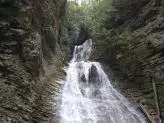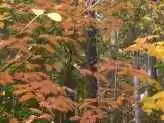A short lesson on dealing with loss
If you or anyone you know has lost a child, you will be aware of how this devastating loss can tear you apart.
Whoever coined the phrase ‘broken heart’ must have known the way it feels as though your heart really does want to rip in two.
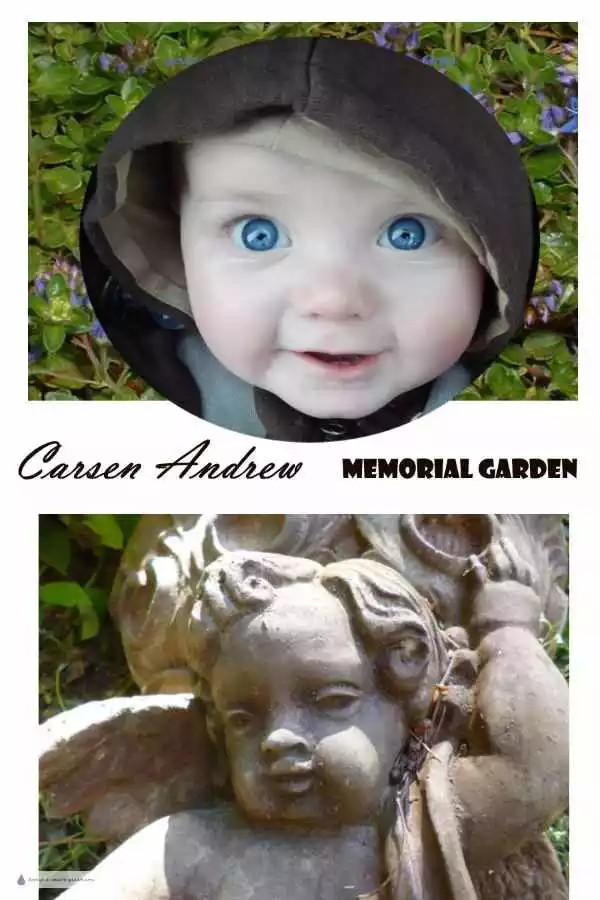
“To die one’s self is a thing that must be easy, & light of consequence;
But to lose a part of one’s self–well, we know how deep that pang goes, we who have suffered that disaster, received that wound which cannot heal…
It is one of the mysteries of our nature that a man, all unprepared, can receive a thunder-stroke like that and live.
It will take mind and memory months and possibly years to gather together the details and thus learn and know the whole extent of the loss.”
~ Mark Twain, 1888, on the death of his daughter, Suzy Clemens

When the child you lose is a nursing babe, that’s when it hits the hardest.
The mother of the lost child is a wreck, as is everyone around her.
Simply seeing her grieving is enough to reduce even the most hardened of hearts into a quivering mass of jelly. How on earth do you deal with such a terrible thing?
As a horticulturist, one of the first ways I try to get over something like this is to plan a garden. The only thought even half way comforting is the thought that now my little angel boy is safe in the arms of his great-grandad, who never met him in life.
Somewhere, my Dad is still there puttering in his messy pottery workshop, with half finished pots, or unloading a kiln, or carving something out of driftwood.
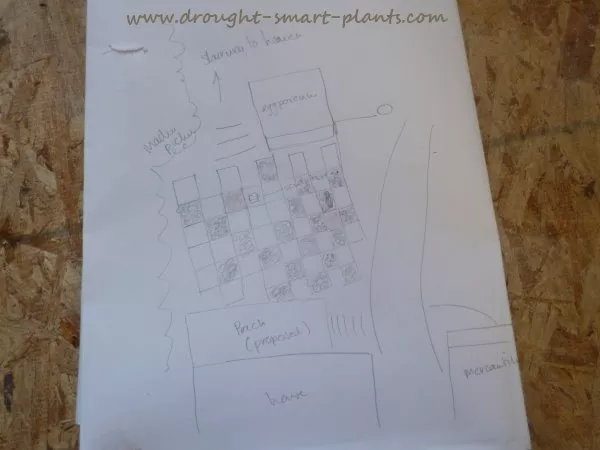
The image of Andrew holding and cherishing my baby grandson so rudely ripped away from us is the only concept that gives any comfort.
The plan has begun, the design is afoot…
Plant List:
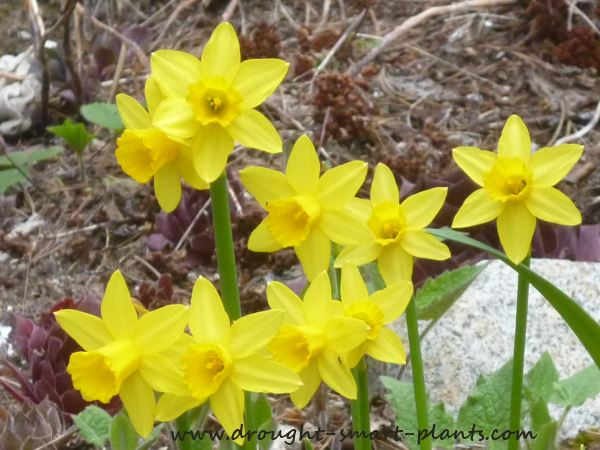
There are lots of plants that I could use; the criteria are that they have to be drought tolerant once established, and able to withstand differing light conditions; although this area does get some sun, it’s sporadic throughout the day, and there are tall Douglas fir trees that shade it.
Here are a few plants that I think will work;
Shrubs
Salix koriyanagi ‘Rubykins’ – a slender willow used in Japan for basket making; grows well from cuttings.
Artimesia ‘Silver Mound’
Perennials
Coreopsis
Sedum spectabile varieties (Purple Emperor)
Petrovskia – Russian Sage
Heuchera varieties
Creepers and Groundcovers
Moss
Sedum – small creeping varieties and species.
Sempervivum – smaller rosette forming types.
Jovibarba – species mixed
Veronica lewenensis
Grasses
Deschampsia varieties
Bulbs
Tete a Tete Daffodils
Scilla sibirica
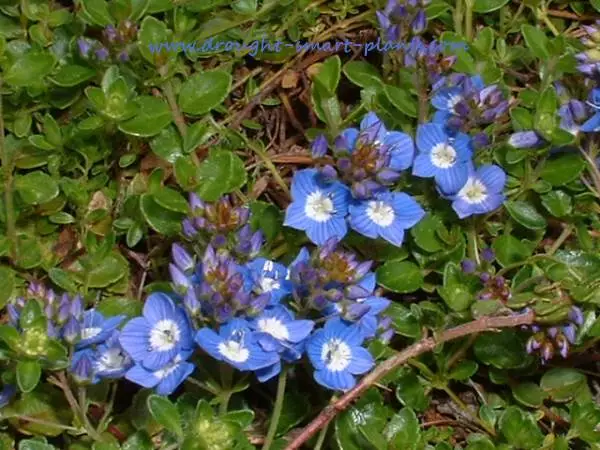
The planning is taking shape now; with the backbone of plant material in mind, the rest of the garden and the hardscape will be obvious (to me).
Features such as a drainage rill, checkerboard paving stones inter-planted with creeping ground covers and a steep bank covered in thyme and full of tete a tete daffodils to bloom next spring and much more to come.
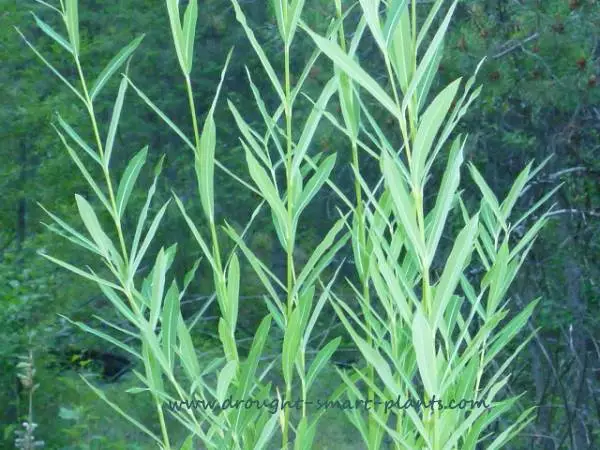
The labor of love has begun; even before the snow melted away completely, work began on the area; two shallow steps lead down the hill to the rest of the xeric garden, and pavers have been placed on the newly leveled space.
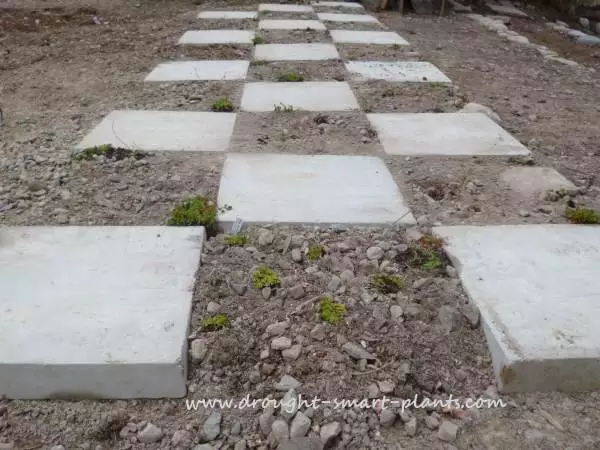
The square pavers were salvaged from when we moved the trailer; these were the pads that were part of the cribbing to hold it level. They measure 20″ square, and three inches thick.
Planted among them are many kinds of Sedum, Jovibarba, Saxifrage and Sempervivum. Eventually, each planted square will be a unique little garden.
As a little contribution from my other two grandsons I’m hoping they will like to take the flat pebbles I’ve been collecting and make a miniature road winding through and among the pavers.
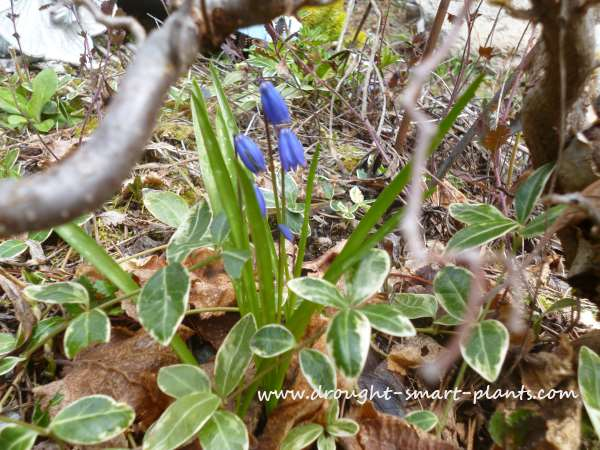
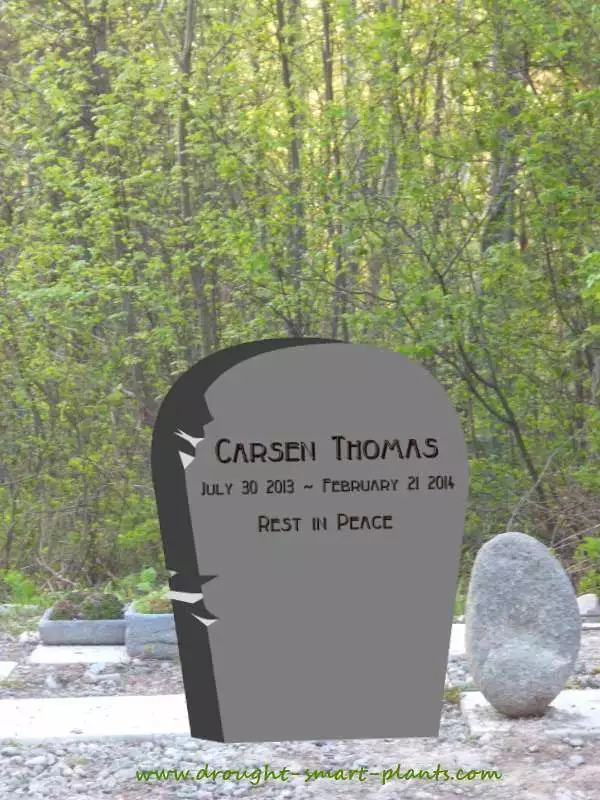
In the early morning, the birdsong is deafening in the native trees and shrubs – they’re wanting to nest in the tranquil and peaceful garden. What a perfect setting for remembering lost ones.
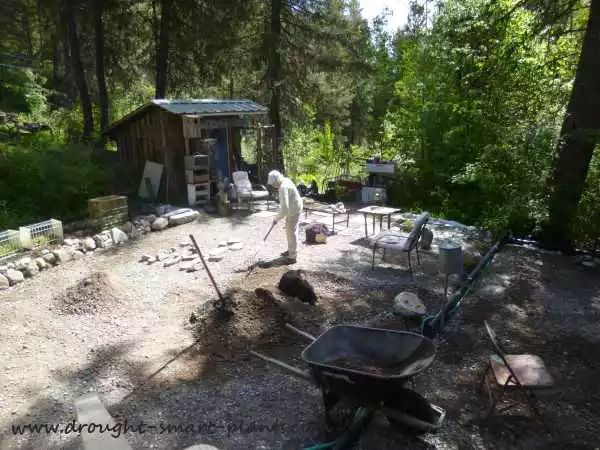
See more about the materials and building of this garden on

